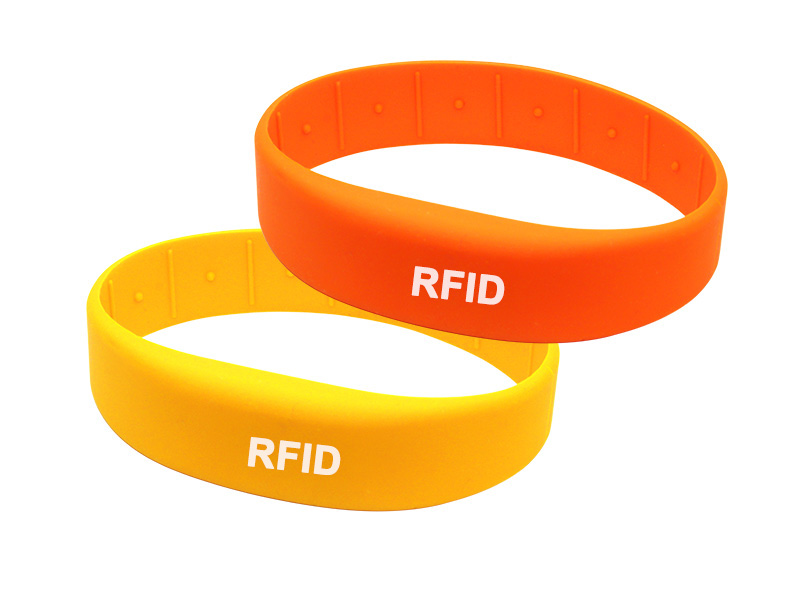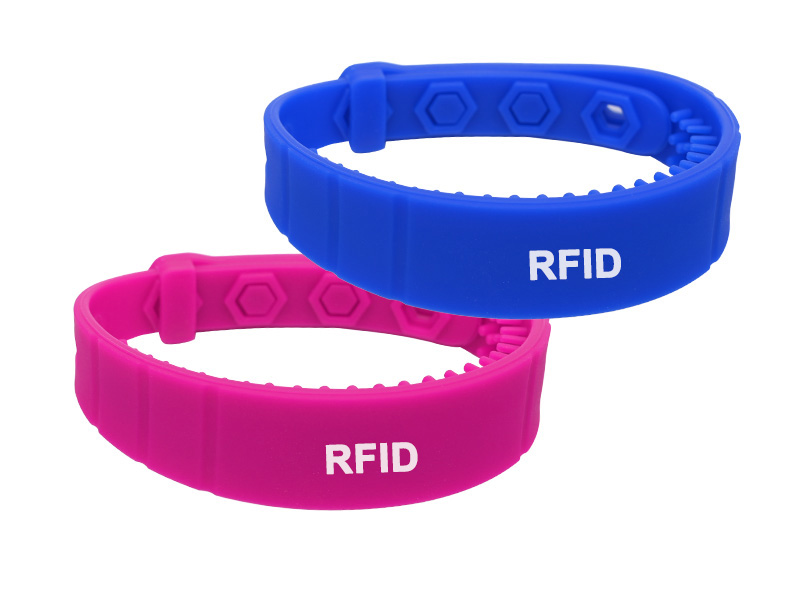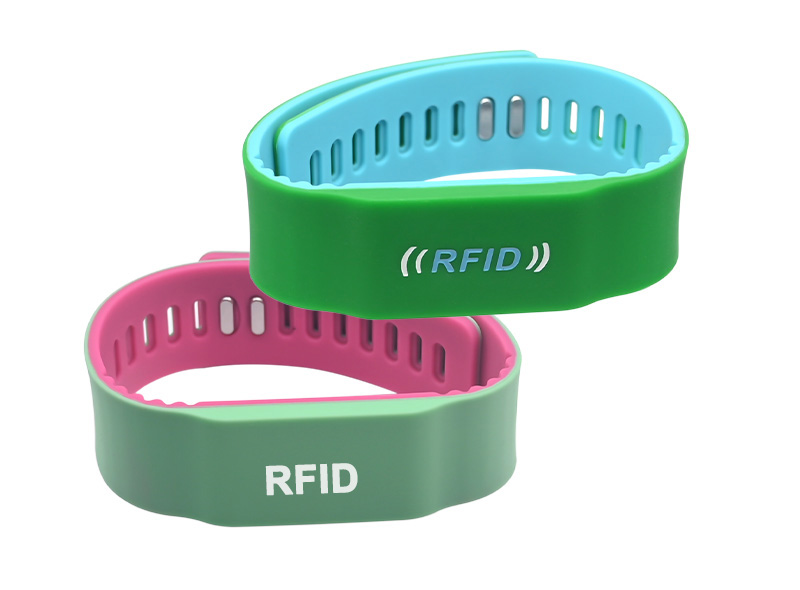RFID technology helps promote the healthy development of animal husbandry
With the improvement of living standards, the animal husbandry industry is also developing rapidly, and large-scale and specialized animal husbandry is being carried out. Promote the development of traditional animal husbandry towards innovative and modern intelligent animal husbandry. Effectively accelerate the modernization and informatization construction of animal husbandry. Smart animal husbandry adopts identification technologies such as barcode tags and RFID electronic tags to achieve Internet of Things technology, which fully utilizes modern information technology to manage and serve modern animal husbandry. RFID technology helps promote the healthy development of animal husbandry.
Mastering the advanced management methods of livestock and poultry breeding in the Internet of Things, intelligent wireless sensors can be used to collect environmental parameters of livestock and poultry houses online, and based on the analysis results of the collected data, corresponding equipment can be remotely controlled to achieve the best state of livestock and poultry house breeding environment, realizing the goals of scientific breeding, epidemic prevention, and income increase.
The intelligent livestock breeding production management system is based on the application of key technologies in the Internet of Things, using RFID technology to identify animals and items, and utilizing mobile intelligent terminals integrated with relevant identifiers for production management. And send the data to the backend system through mobile terminals. To achieve mobile office production.
The main process of the intelligent livestock breeding system is as follows:
1. Feeding process: When livestock are born and raised, RFID tags (such as ear tags or ankle rings) are installed on their bodies. These electronic tags are placed on the ears of the livestock as soon as they are born. Afterwards, the keeper uses a handheld device to continuously set, collect, or store information about their growth process, controlling production safety from the source. Simultaneously record the epidemic prevention records, disease information, and key information during the breeding process of livestock in different periods. Before slaughtering livestock, the RFID tag must be read through a handheld device to confirm that there are no diseased animals before they can be slaughtered.
2. Slaughtering process: Before slaughtering, read the RFID tag information on the livestock, confirm that the livestock has a history of epidemic prevention and is actually healthy, and then slaughter and enter the market. At the same time, write this information into the packaging box label, cargo tray label, and price label.
 3. Supervision by regulatory authorities: In the process of market supervision, regulatory authorities require all sales outlets to include RFID electronic tags on their cargo pallets, packaging boxes, and price labels, which include relevant data such as the origin, product name, type, grade, and price of meat.
3. Supervision by regulatory authorities: In the process of market supervision, regulatory authorities require all sales outlets to include RFID electronic tags on their cargo pallets, packaging boxes, and price labels, which include relevant data such as the origin, product name, type, grade, and price of meat.
4. Logistics distribution process: Fresh meat enters the circulation process, RFID electronic tags are affixed to the pallets or packaging boxes loaded with meat, and transported to designated supermarkets or market sales points. When handing over goods, only a fixed remote card reader or handheld reader is needed to read the RFID electronic tags on the packaging boxes or pallets.
5. Management of foreign livestock: For meat products that have been slaughtered and transported from other provinces and cities, they must enter the market and undergo product inspection at designated regulatory locations. After passing the inspection, electronic tags with relevant product information and inspection information will be affixed. At the same time, regulatory authorities issue qualification certificates for the sale of products in the market.
Smart animal husbandry technology not only requires identification, recognition, tracking, and querying of various links such as agricultural breeding, procurement, processing, transportation, and sales, but also related management of warehouses, assets, and enterprise information. Only in this way can the comprehensive informatization, business management informatization, management information resource utilization, and information service standardization of key core businesses in animal husbandry be guaranteed, providing important information support and services for animal husbandry enterprises and enabling the rapid and healthy development of animal husbandry.







 3. Supervision by regulatory authorities: In the process of market supervision, regulatory authorities require all sales outlets to include RFID electronic tags on their cargo pallets, packaging boxes, and price labels, which include relevant data such as the origin, product name, type, grade, and price of meat.
3. Supervision by regulatory authorities: In the process of market supervision, regulatory authorities require all sales outlets to include RFID electronic tags on their cargo pallets, packaging boxes, and price labels, which include relevant data such as the origin, product name, type, grade, and price of meat.


